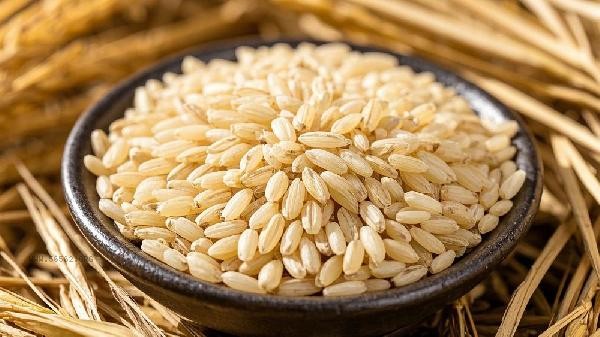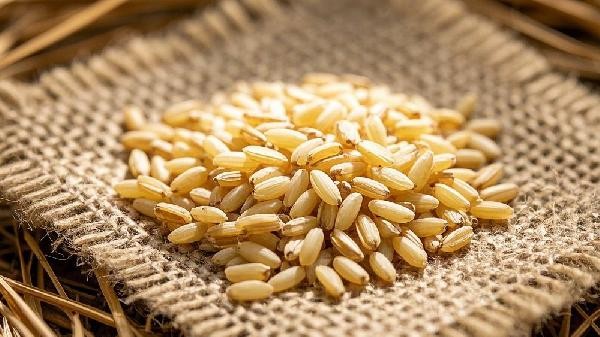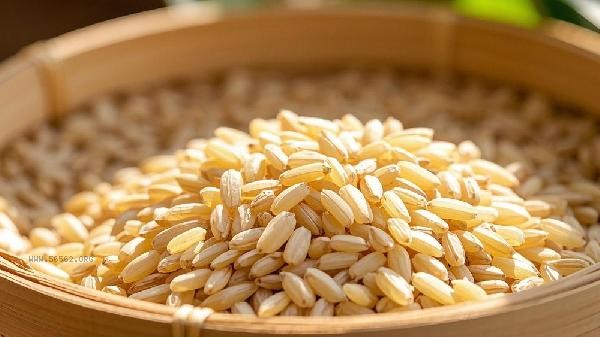Long term excessive consumption of brown rice may lead to gastrointestinal discomfort, malnutrition, and other problems, but a balanced diet usually does not directly cause diseases. Brown rice is rich in dietary fiber, B vitamins, and minerals, but excessive intake may affect calcium and iron absorption and increase digestive burden.

1. Gastrointestinal discomfort
The outer layer of brown rice bran contains a lot of crude fiber, and long-term consumption in large quantities may stimulate the gastrointestinal mucosa, especially for people with weak digestive function, which can easily cause bloating and abdominal pain. Patients with chronic gastritis or irritable bowel syndrome may experience worsening symptoms, and it is recommended to mix brown rice and polished white rice in proportion for consumption.
2. Mineral imbalance
Phytic acid in brown rice can bind with minerals such as calcium, iron, and zinc, reducing the body's absorption rate. Long term consumption of brown rice as the main staple food and lack of dairy products, meat and other food supplements may increase the risk of osteoporosis or anemia. Absorption can be improved by soaking and fermenting or by pairing with foods rich in vitamin C.
3. Blood glucose fluctuation
Although brown rice is a food with low glycemic index, if diabetes patients mistakenly believe that it can be eaten without restriction, it may still lead to excessive total carbohydrate. It is recommended to limit the intake of brown rice to 75-100 grams per meal and balance postprandial blood sugar with high-quality protein and vegetables.

4. Thyroid Effects
The small amount of thyroid stimulating substances contained in brown rice may affect thyroid function in cases of insufficient iodine intake. People who consume large amounts of iodine for a long time and live in iodine deficient areas should pay attention to increasing their intake of iodine rich foods such as seaweed and seaweed.
5. Single nutrition
Using brown rice as the sole staple food may result in insufficient intake of nutrients such as protein and fat. Brown rice lacks lysine in protein. It is recommended to consume it with beans and eggs to improve protein utilization, while ensuring a diverse intake of vegetables and fruits.

It is recommended to use a method of alternating consumption of coarse and fine grains, such as brown rice, millet, oats, and other miscellaneous grains. It is advisable to consume 3-4 times a week. Soaking thoroughly for 6-8 hours before cooking can soften the fiber, and when combined with fermentation techniques, it can improve nutrient utilization efficiency. Special populations such as children, pregnant women, and postoperative patients should adjust the proportion of brown rice intake under the guidance of a doctor, pay attention to daily observation of bowel movements and changes in nutritional indicators, and seek medical evaluation in a timely manner if there is persistent indigestion or weight loss.








Comments (0)
Leave a Comment
No comments yet
Be the first to share your thoughts!